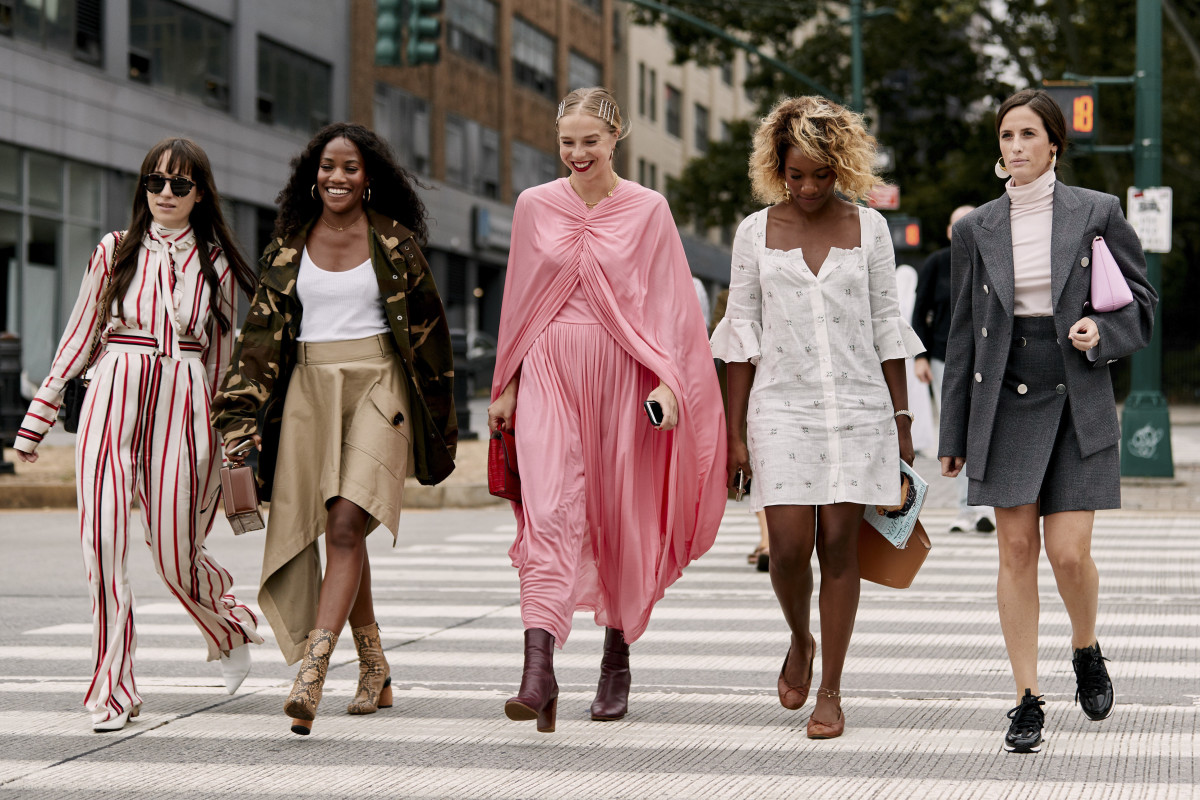Using Fashion to Fight Anti-Asian Racism
She focused on history when designer Siying Qu sought inspiration for her Fall-Winter 2021 collection.
What You Need To Know
- Private Policy Designer Siying Qu was inspired by the Chinese Americans who built the Transatlantic Railway.
- Qu combined traditional Chinese Styles with American standards, like cowboy boots.
- Qu shot her collection at the Museum of Chinese in America in Downtown Manhattan.
- MOCA documents the racism faced by the Chinese community in New York and across the country
“This collection is inspired by the historical events of the Chinese Transcontinental Railway workers,” she said. “When we researched it, we found so much detail and aits rich history. But it’s quite an emotional story as well.” An emotional story that still resonates with Asian Americans more than 150 years later. “It’s a tough time, especially for Asian communities who have faced xenophobia and racism during this time,” she explained.

The construction of the historic railway started in 1863. The work was brutal, and owners turned to California’s Chinese community, already victims of racism, to finish the job. But when the work was done instead of thanks, the government passed the Chinese Exclusion Act barring all Chinese laborers from emigrating to the U.S. Neil Wu-Gibbs, Chief of Staff at the Museum of Chinese in America, said, “After the railroad was completed, there were just too many Chinese laborers in the United States. So, they were becoming a threat to the local community, manufacturing, and economy.
With an all-virtual Fashion Week or the American Collections Calendar, as it’s been renamed by the CFDA, Qu decided to shoot her collection at the museum, filled with exhibits that follow the history of Chinese Americans and the discrimination they have faced along the way, room after room of posters showing how unwelcome the Chinese had become. “You can see some of these posters that are kind of aggressive; they say Chinese no, no, no and depict the Chinese as villains and a threat to the country,” Wu-Gibbs said. The museum also documents the struggle of Chinese Americans to survive, opening laundries and, of course, restaurants.
“Many of them were highly educated back in China,” said Gibbs, “but they have to do very service-level jobs.” For decades they battled “micro-aggressions,” like insulting depictions in Hollywood films where lead Asian characters were portrayed mainly through white actors. And today, it’s the model minority myth, the belief that Asian Americans succeed in the education system at the expense of other ethnic groups. Qu built this season’s Private Policy collection around old photos of railway workers, combining traditional Chinese looks with American standards like cowboy boots.
“Many railway workers kept their traditional clothing from their hometowns, which is for functionality as well as the straw hats for the sun,” she said. But for Qu, in COVID-19, this collection is about fashion with a message. “Today, we think if we welcome more people to understand our culture and then see the details and the whole spectrum of what the culture is all about, that will bring everyone together, and we’ll have more respect for each other,” she said.




